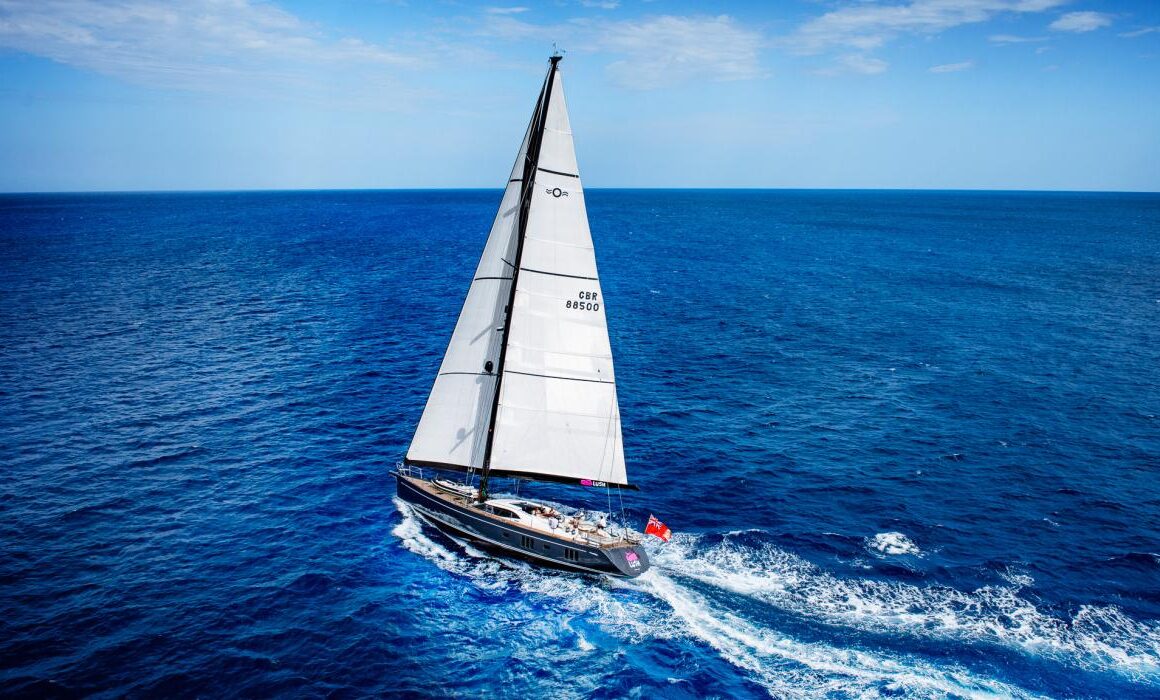The Yacht Owner’s Dilemma: Which Watch Truly Survives Saltwater and Champagne?
The life of a yacht owner is a study in contrasts. One moment, you’re navigating choppy seas, the sun and salt spray relentlessly testing every piece of gear on deck. The next, you’re raising a glass of Dom Perignon at a gala, your timepiece glinting under the lights. For the discerning individual, the question isn’t just about what watch to wear, but which one can seamlessly transition from the rigors of the open ocean to the elegance of a formal event. This is the yacht owner’s dilemma.
The perfect yachting watch must be more than a simple accessory; it must be a partner. It needs to be tough enough to withstand corrosion, watertight enough for a spontaneous swim, and refined enough to be the centerpiece of a sophisticated dinner.
So, what makes a watch worthy of this dual life? The answer lies in its core components: the case material, the water resistance rating, and the brand’s commitment to both form and function.
Table of Contents
ToggleThe Battle of Materials: Saltwater’s Worst Enemy
When it comes to the corrosive power of saltwater, not all metals are created equal. The relentless exposure to salt and moisture can pit and degrade lesser materials over time.
The Standard: 316L vs. Rolex’s Oystersteel
Most high-end watch brands use 316L stainless steel, a material widely regarded as “marine-grade” for its excellent resistance to corrosion. It’s a fantastic choice for everyday wear and a dip in the pool. However, Rolex, in its pursuit of perfection, developed and now uses an in-house blend of 904L stainless steel, which it calls Oystersteel.
So, what’s the difference? 904L has a higher concentration of expensive alloying elements like chromium, molybdenum, and copper. This gives it a significantly higher Pitting Resistance Equivalent Number (PREN) score, making it far more resistant to the kind of chloride-induced corrosion you find in saltwater. While a well-cared-for 316L watch will hold up, Oystersteel provides an extra layer of peace of mind, an assurance that your timepiece is designed for a truly harsh marine environment.
The Lightweight Contender: Titanium
For those who value comfort and discretion, titanium is a superb choice. It is naturally lightweight and boasts exceptional corrosion resistance, even surpassing stainless steel in some respects. Salt has virtually no corrosive effect on titanium. This makes titanium watches incredibly durable and perfect for those who want a robust timepiece that won’t weigh them down during long hours on the water.
The Ultimate Statement: Precious Metals
You might think that gold and platinum are too soft or valuable for life on the sea, but modern alloys have made them surprisingly resilient. Rolex’s Everose gold, for example, is a proprietary blend that includes a touch of platinum, ensuring its unique pink hue won’t fade over time. While not as impervious to scratching as steel, precious metal watches are often found on yachts, where their value is less about function and more about making a statement of success.
The Water Resistance Maze: What the Numbers Mean
A watch’s water resistance rating is a crucial factor, and it’s also one of the most misunderstood. The number on the dial doesn’t mean you can dive to that specific depth. It refers to the watch’s ability to withstand static pressure in a laboratory. Here’s a quick breakdown for a yachting context:
- 50m (5 ATM): Not for swimming. This is for accidental splashes or getting caught in the rain on deck. Don’t risk it in the water.
- 100m (10 ATM): The minimum for swimming and snorkeling. This rating is sufficient for most surface-level water activities like sailing and jumping off the side of the boat.
- 200m or more (20 ATM+): The true “yachting standard.” Watches with this rating, often found in professional dive watches, are built for deep swimming, scuba diving, and more strenuous water sports.
The key is the screw-down crown. A watch with a 100m rating and a screw-down crown is far more reliable for water exposure than a 200m watch without one. Always ensure the crown is securely screwed down before any water-related activity.
A Tale of Two Watches: The Frontrunners
While many brands produce excellent “yachting” watches, a few stand out for their perfect blend of technical prowess and timeless style.
The Rolex Yacht-Master: A Statement of Elegance
As the name suggests, the Rolex Yacht-Master was born for this life. With a starting water resistance of 100m, it’s more than capable for most yacht-side activities. Its polished platinum or precious metal bezel with raised numerals makes it instantly recognizable and equally at home on the deck or at a black-tie event. It’s a watch that says, “I’m a connoisseur of both the sea and high society.”
The Omega Seamaster Aqua Terra: The Understated Contender
The Omega Seamaster Aqua Terra is a horological chameleon. With its teak-patterned dial reminiscent of a boat’s deck, it’s a fitting tribute to life on the water. Its 150m water resistance and robust Master Chronometer movement make it a true all-rounder. It can handle a swim and still maintain its elegance for a formal dinner. For the yacht owner who prefers a more discreet, less overtly branded choice, the Aqua Terra is a masterful solution.
Patek Philippe’s Sporty Icons: Nautilus and Aquanaut
For those in the highest echelons of watchmaking, the Patek Philippe Nautilus and Aquanaut are the ultimate choices. Both were designed as “sporty chic” watches, and they deliver. With water resistance ratings of 120m for the Nautilus and 120m for the Aquanaut, they are more than capable. The Aquanaut, in particular, with its “Tropical” strap made of a composite material resistant to salt water and UV radiation, is a clear nod to a life on the water. These watches represent the ultimate synthesis of horological excellence, durability, and unmatched social status.
The Champagne Test: A Watch for Every Moment
The yacht owner’s dilemma is ultimately a question of versatility. The perfect watch must be a tool for the sea and a trophy for the night. The good news is that modern watchmaking has provided more solutions than ever before. Whether you choose the overt luxury of a Rolex, the understated elegance of an Omega, or the exclusive craftsmanship of a Patek Philippe, you can be sure that your timepiece is ready for both the salt-sprayed reality of the open ocean and the celebratory pop of a champagne cork. Just remember to rinse it with fresh water after every swim. That simple act of care will ensure your watch remains a trusted companion on every voyage.



